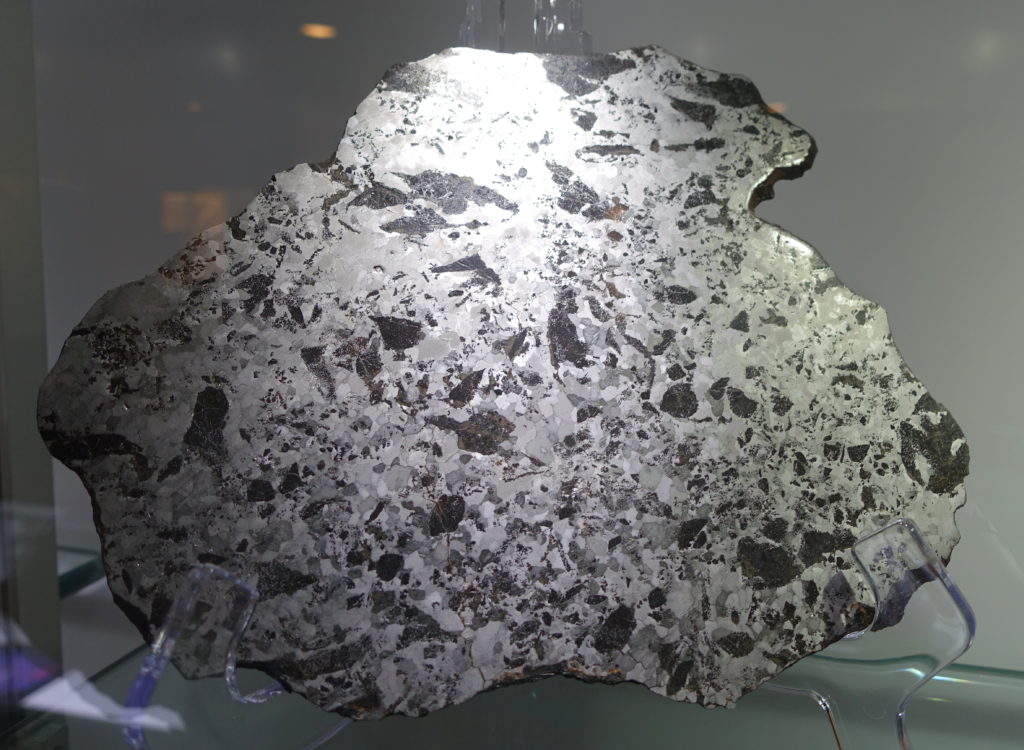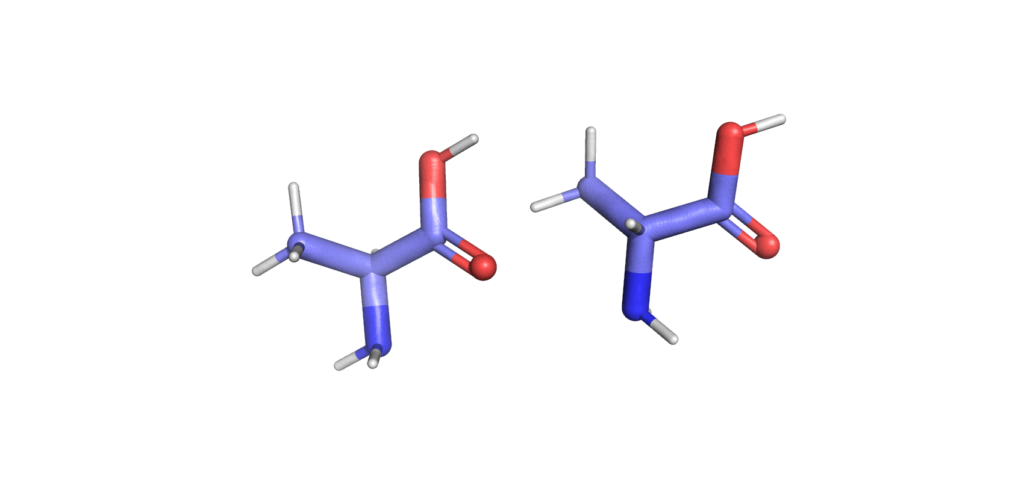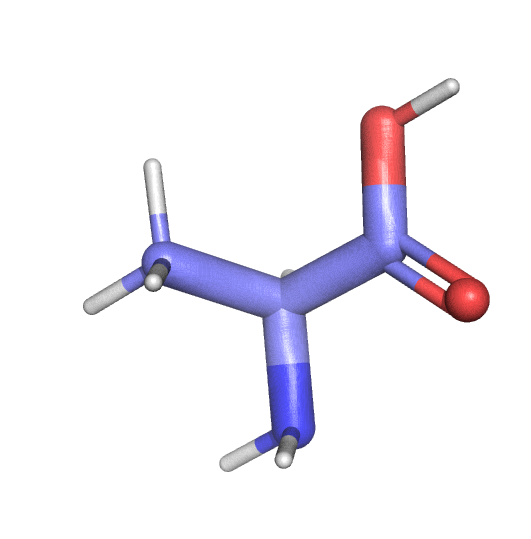Paper: Amino acid abundances and compositions in iron and stony‐iron meteorites
Authors: Jamie E. Elsila, Natasha M. Johnson, Daniel P. Glavin, José C. Aponte, Jason P. Dworkin
All known life on Earth relies on amino acids. Many important biomolecules like proteins are made up of them. Scientists were surprised when they found these molecules, which are so strongly connected to living systems, in meteorites. How amino acids form in non-biological systems is still not entirely understood and is closely tied to the question of how life emerged on our young planet.

So far, scientists never analysed iron meteorites for their contents in complex organic molecules, because it is very, very hard to extract organic molecules from a piece of metal without destroying them. A few weeks ago, a team of researches was able to detect amino acids in iron meteorites for the first time. This is interesting, because iron meteorites make up nearly half of the mass of all recorded meteorite falls. Moreover, the new findings allow us to better estimate when in the history of our solar system amino acids were formed in space.
Whenever scientists search for biomolecules in extraterrestrial material, they have to be careful. Life is really good at conquering every niche on our planet – even rocks that fell down from space. Thus, scientists are always concerned about terrestrial contamination. However, some of the identified amino acids are not used by life, so a contamination seems unlikely. To distinguish between pristine material and contamination from Earth’s vivid biosphere, the researchers compared the structure of the identified amino acids with the properties of terrestrial amino acids. A good indicator for a biological origin is the so called handedness (or chirality). Like your left and right hand, most amino acids can exist in two forms which mirror each other, and one of the two is usually preferred by biology. Some of the detected amino acids showed a clear preference for the handedness used by life, but not to a degree you would expect for a solely biological origin. Even if contamination cannot be excluded, a majority of the detected amino acids seem to be of non-biological, extraterrestrial origin.

The high abundance of amino acids with a straight chain of up to 5 carbon atoms and few side chains could hint at a mechanism called the Fischer-Tropsch process, which may have occurred on the surfaces on mineral grains inside the meteorites. The metal in iron meteorites works as a catalyst and allows the reaction to take place at temperatures of a few hundred degrees Celsius.
If some of the amino acids that the researchers detected are indeed of extraterrestrial origin, when did they form? If the amino acids were present during the formation of the meteorites, they would have been destroyed during melting and separation of the iron phase. Thus, they must have formed at a later stage when the meteorite cooled down already, but hot enough to provide energy for the Fischer-Tropsch synthesis. These findings narrow the time window of their synthesis down to the first couple of million years after our solar system formed. As this period coincides with the formation of the Earth, this research adds evidence that meteorites might have delivered important building blocks for the emergence of life. Even if the origin of life is still an unsolved question, meteorites can maybe help us solve it.
License:
Are we star dust? by Max Winkler is licensed under a Creative Commons Attribution-ShareAlike 4.0 International License.

